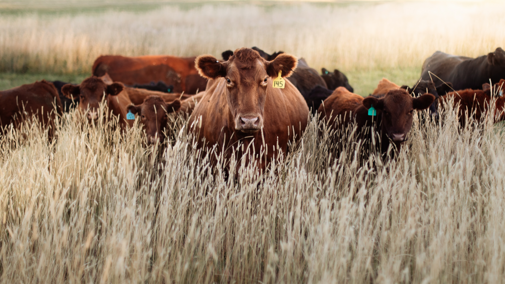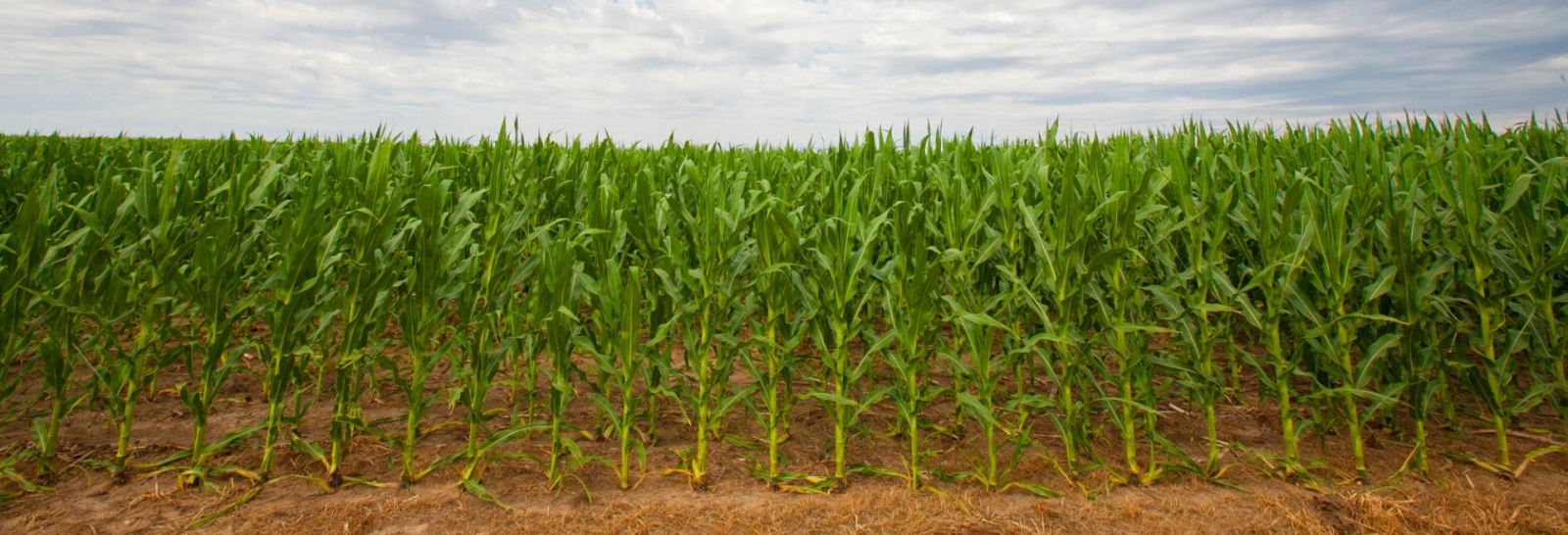Budgeting For Additional Forage in Times of Drought
I’ve had several producers ask what to do in the event of a drought. In addition to monitoring trigger dates, it’s crucial to plan for potential forage shortfalls. Creating a forage budget helps you match what your pasture can produce with what your livestock need to eat — think of it like balancing a checkbook, but with grass.
Step 1: Estimate Forage Availability
A good rule of thumb: one inch of forage across an acre yields about 200 pounds of dry matter. So, if you have six inches of good-quality forage, that’s roughly 1,200 pounds per acre.
Step 2: Calculate Herd Requirements
A 1,200-pound cow eats about 30 pounds of dry matter daily. For 100 cows, that’s 3,000 pounds each day.
Step 3: Compare Supply and Demand
Divide your available forage by daily demand to estimate how many grazing days you have. If you’re short, consider options like adjusting stocking rates, supplementing with feed or hay, or using other strategies.
Example:
If you’re short 30 days at 3,000 lbs./day of forage for the season, that’s 90,000 lbs. of forage and hay costs around $80/ton, you’ll need 45 tons to make up the difference. That’s an additional $3,600 in hay expenses.
Bottomline:
Knowing your forage budget puts you in control, helping you make timely decisions, save money and keep your herd productive.
Make your grass work for you, know your forage budget.
Scouting For Army Cutworm in Alfalfa
As the weather continues to warm across Nebraska, it is important to keep an eye on alfalfa fields for signs of army cutworm.
The army cutworm, also known as the miller moth in the adult form, is a caterpillar with a wide host range that includes alfalfa. It is 1.5-2 inches long with a greenish brown to greenish-grey body that has three stripes: two darker stripes running laterally along the sides and one lighter stripe along the back.
Because these caterpillars feed at night, feeding damage or other signs of an infestation are usually noticed first. Feeding damage from this insect consists of semi-circular areas eaten from leaf edges or circular holes in leaves. A delay in green-up or higher than average bird activity can also be signs of an infestation.
To scout for army cutworm, overturn clots of loose soil or residue near the base of the plants and count the number of larvae in 1 sq. ft. of surface area. The economic or treatment threshold for army cutworm in seedling alfalfa is two or more larvae per square foot, while in established alfalfa, the threshold is four larvae per square foot.
Established fields can usually better compensate for feeding damage compared to seedling fields, thus the difference in the control guidelines. If the number of army cutworm in a field is above the economic threshold, a pyrethroid insecticide application may be considered.
Wheat Grazing vs. Grain Value
Wheat can be grown for dual purpose (forage and grain) production in Great Plains states. Grain production can be preserved if the grazing animals are removed from fields just prior to the jointing growth stage. This will prevent immature wheat heads being consumed by the grazing animals as the heads move up the stems during growth development.
Due to warmer soil temperatures, wheat development is at least two weeks earlier than average, so now is the time for livestock producers to cease grazing wheat and other cereal grain fields or remove cattle from fields if maximizing grain production is now the goal. However, lower grain prices and stronger hay forage values may have livestock producers placing higher value on wheat as a forage, so wheat and/or rye graze-out options may provide 45 or more days of alternative grazing while pastures resume growth under dry conditions.
When producers use wheat as a graze-out forage, summer annuals like grain sorghum, millet or forage sorghums can be replanted on those same fields. Whether the cereal plant forages are grazed out, hayed or harvested as wheatlage, the goal is timely planting of subsequent summer annuals between mid-May to mid-June for optimizing yields.
Sorghum target planting dates may extend to later June or possible early July, depending on moisture conditions. Later grain sorghum planting dates though, such as after wheat grain harvest, usually result in yields half as productive compared to earlier sorghum planting.
In western Nebraska, average stocker cattle gains on wheat during May and early June have ranged from 1.5 to 2.5 pounds per head per day.

